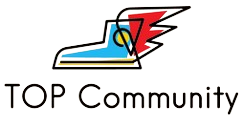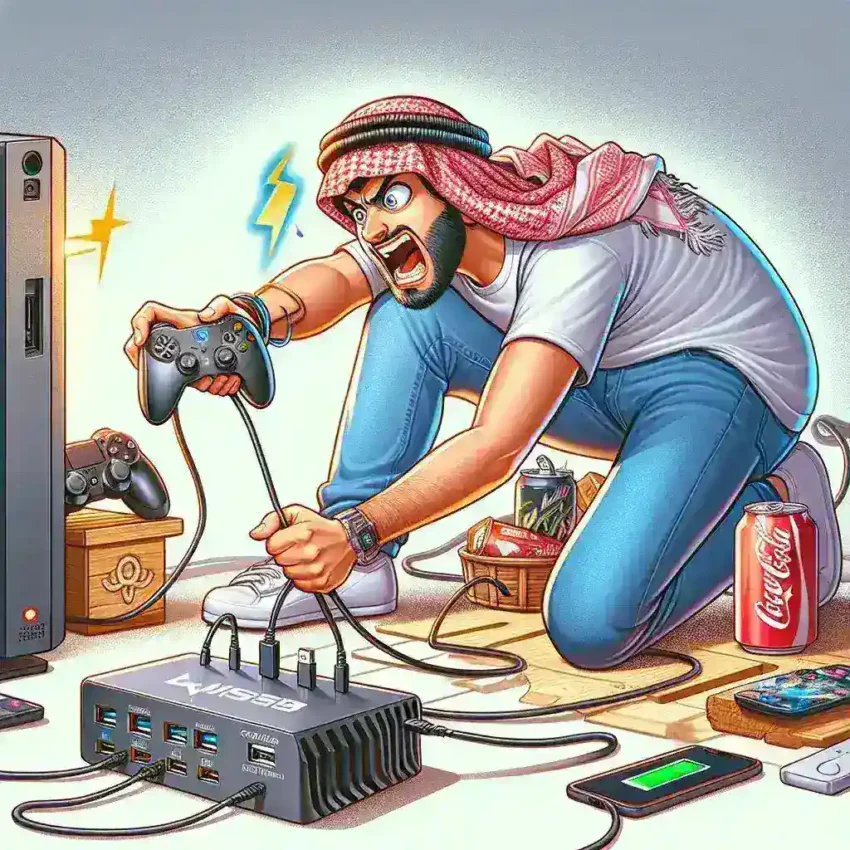Gaming controllers are essential for an immersive gaming experience. However, many players encounter issues with their controllers not charging through a USB hub. If you find yourself in such a situation, do not worry. This article will guide you through the necessary steps to troubleshoot and resolve the problem effectively.
| Step | Action |
|---|---|
| 1 | Check the USB Hub’s Power Supply |
| 2 | Inspect the USB Cable |
| 3 | Test Different USB Ports |
| 4 | Try a Different USB Hub |
| 5 | Update Drivers |
| 6 | Reset the Controller |
| 7 | Contact Support |
Understanding the Basics
USB hubs are designed to help connect multiple devices to a single USB port, facilitating easier access and charging capabilities. However, not all USB hubs deliver power effectively, especially when multiple devices are connected. This article will discuss the steps to diagnose and fix your controller charging issues.
1. Check the USB Hub’s Power Supply
USB hubs can be categorized into two types: powered and unpowered. Powered USB hubs come with an external power supply, while unpowered ones receive power from the connected device.
Why Power Supply Matters
- Powered hubs: These are capable of supplying ample power to connected devices, making them ideal for charging gaming controllers.
- Unpowered hubs: These can struggle to provide enough power if connected devices draw significant energy, leading to charging issues.
Action Steps
- Ensure that your USB hub is plugged into a power outlet (for powered hubs).
- If you are using an unpowered hub, consider switching to a powered one for optimal results.
2. Inspect the USB Cable
The cable connecting your controller to the USB hub can also impact charging efficiency.
Common Cable Issues
- Wear and tear or fraying, which can affect the connection.
- Incompatibility with the controller.
Action Steps
- Examine the cable for any visible damage.
- Try using a different USB cable that is certified for your gaming controller.
3. Test Different USB Ports
Sometimes, specific USB ports may malfunction or provide insufficient power.
Action Steps
- Disconnect the USB hub and reconnect it to another USB port on your computer or console.
- If available, test the hub on a different device to see if it charges the controller.
4. Try a Different USB Hub
If the problem persists, consider testing with another USB hub.
Why Change Hubs?
- Some hubs can be faulty. Swapping hubs can help determine if that is the case.
- Newer hubs may have better compatibility and charging capabilities.
Action Steps
- Borrow or purchase another USB hub to test with your gaming controller.
- Observe if the controller charges correctly with the new hub.
5. Update Drivers
Keeping your drivers up-to-date is crucial for optimal connectivity and functionality.
Why Update Matters
- Outdated drivers can lead to issues with device recognition and charging.
Action Steps
- Go to the manufacturer’s website to download the latest USB drivers.
- Install any available updates and restart your device.
6. Reset the Controller
Sometimes the controller itself may have a configuration issue that is preventing it from accepting a charge.
How to Reset
- Check your controller’s manual for specific reset instructions.
- Typically, pressing a reset button or holding a certain combination of buttons will suffice.
Action Steps
- Power off the controller.
- Perform the reset as per the manufacturer’s guidelines.
7. Contact Support
If your controller is still not charging after trying the above steps, it may be time to reach out for professional help.
Reasons to Contact Support
- The controller might be faulty.
- There could be underlying issues with the hardware or software that need expert analysis.
Action Steps
- Visit the manufacturer’s website for support options.
- Provide details of your problem and follow their troubleshooting guidelines.
Conclusion
Having a gaming controller that doesn’t charge through a USB hub can be frustrating, but by following the detailed steps outlined above, you can identify and resolve the underlying issues. Remember to ensure your hub is properly powered, check your cables, and keep your drivers updated. In cases where self-troubleshooting doesn’t work, don’t hesitate to seek professional support. Happy Gaming!

